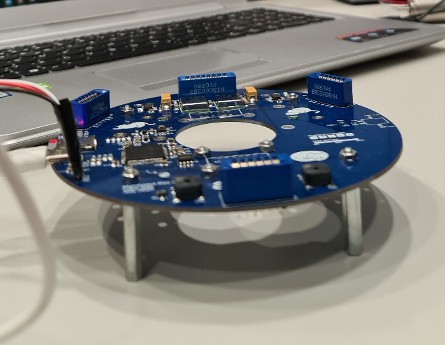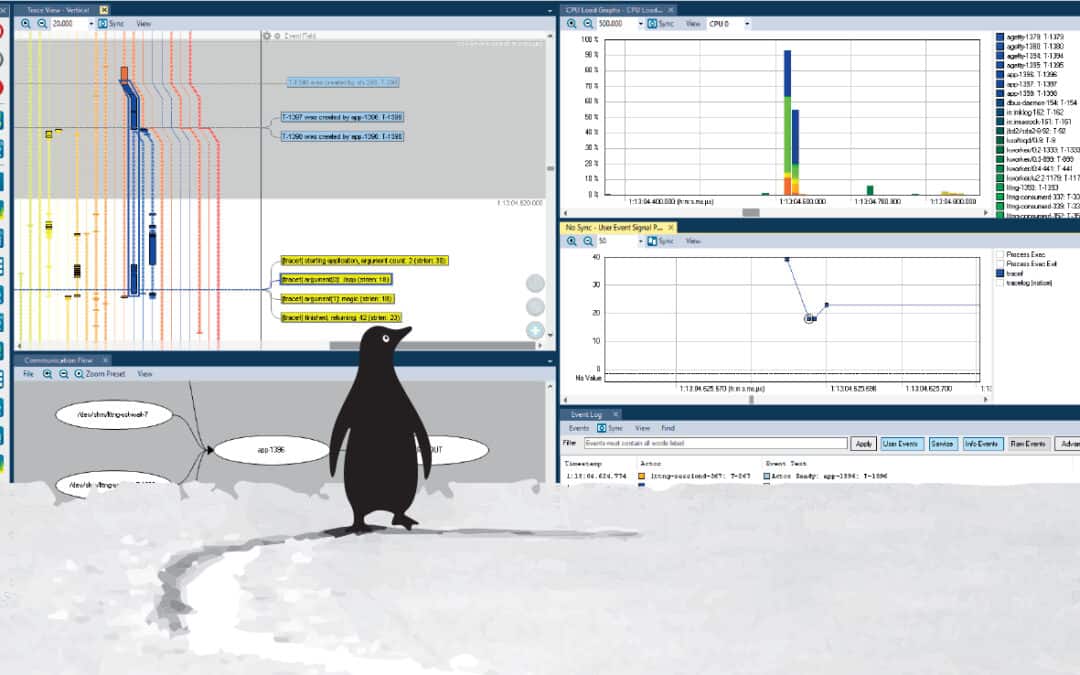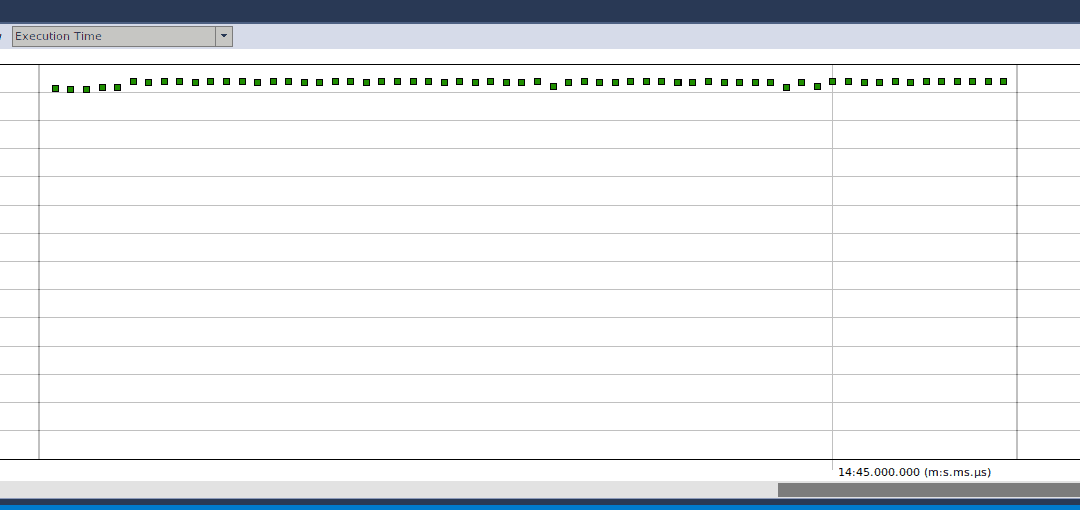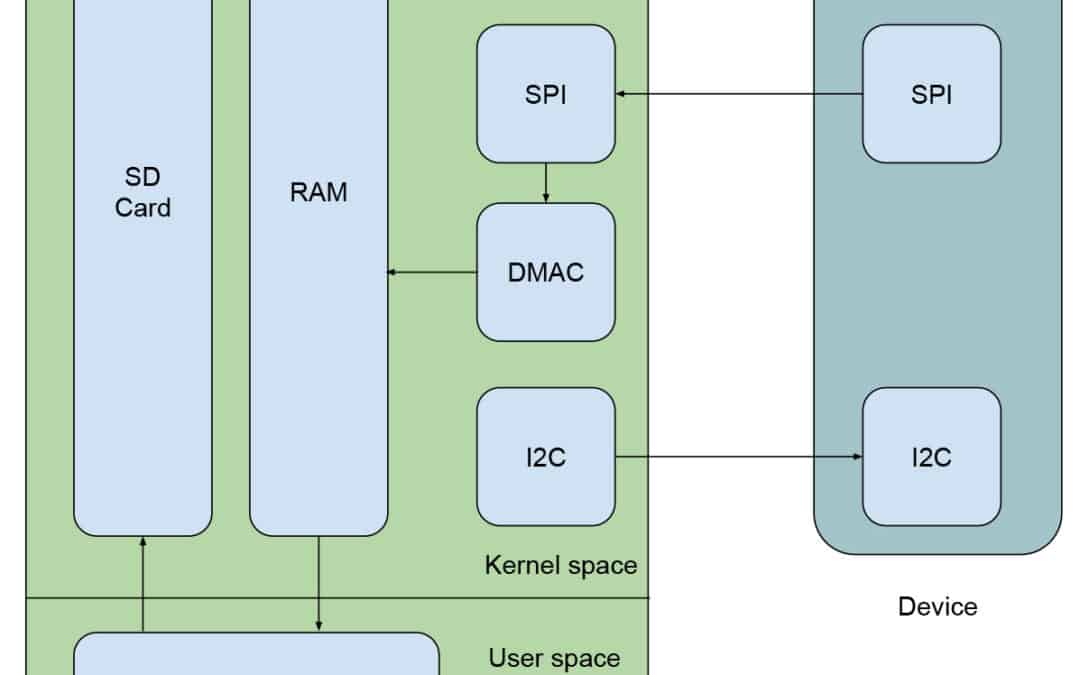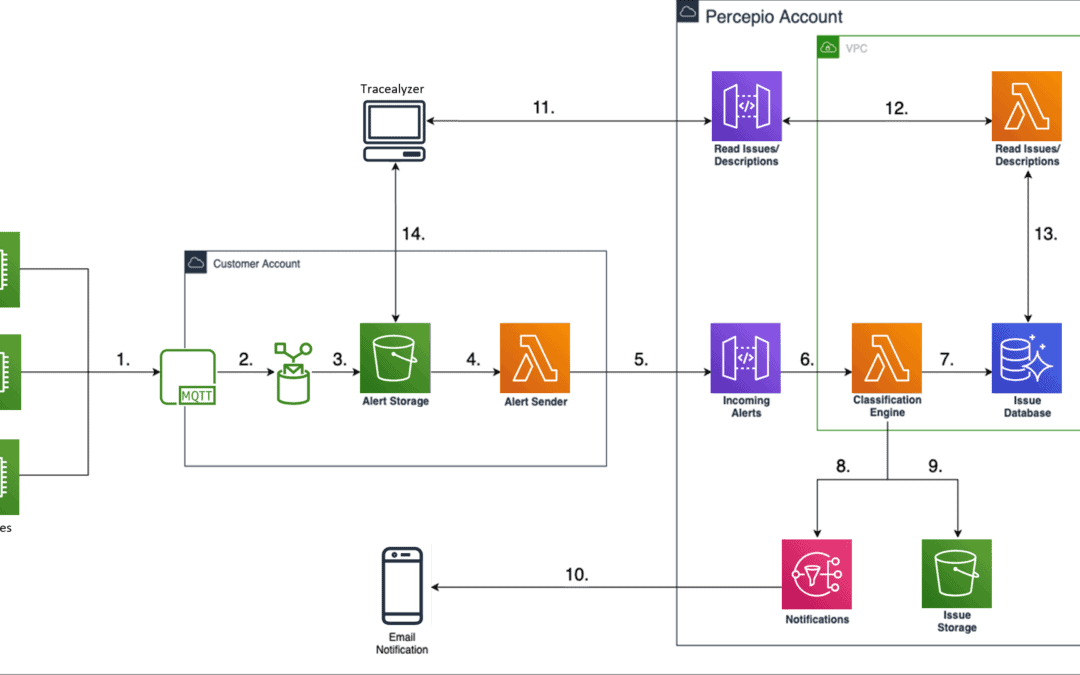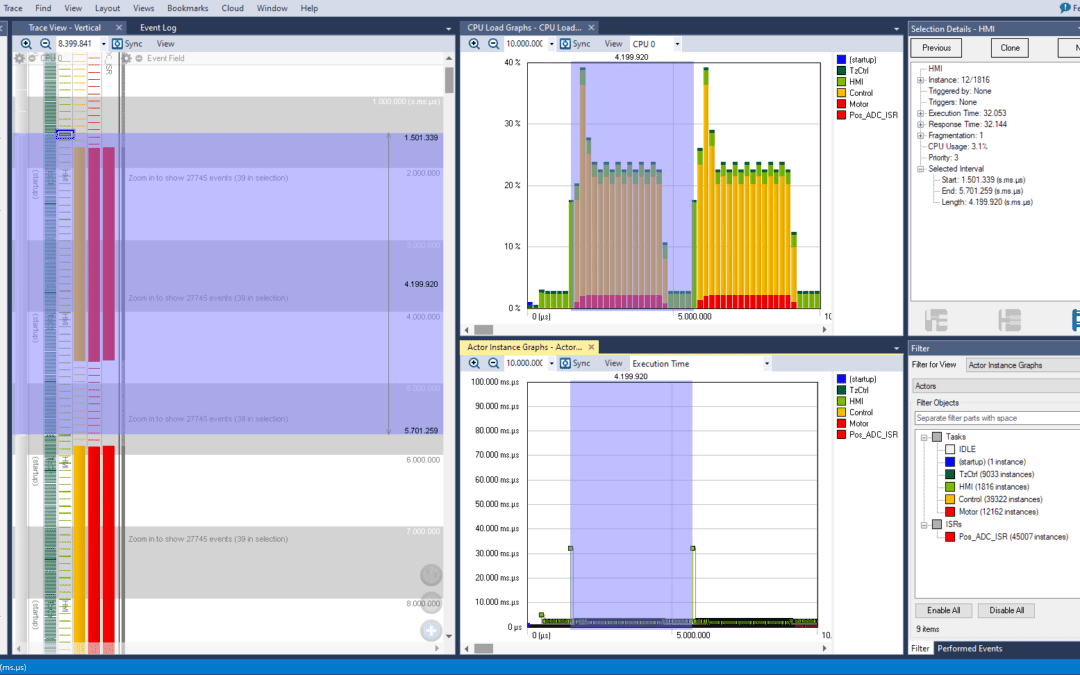Percepio announces the immediate availability of Tracealyzer version 4.4 with support for embedded Linux. The new version adds several views optimized for Linux tracing to Tracealyzer and leverages CTF, the Common Trace Format, and the widely supported LTTng open source tracing framework.



